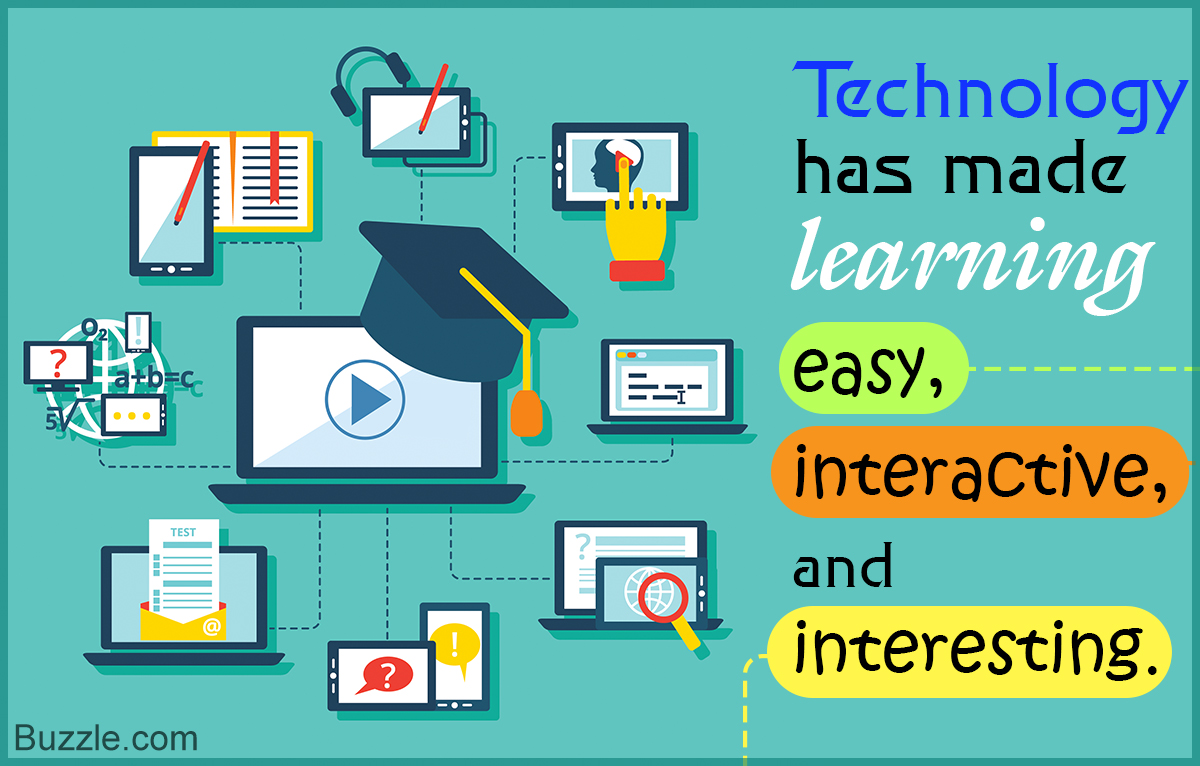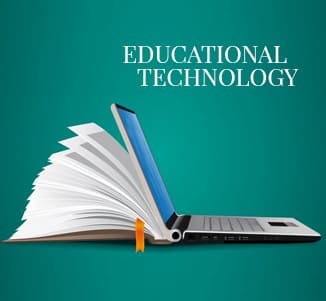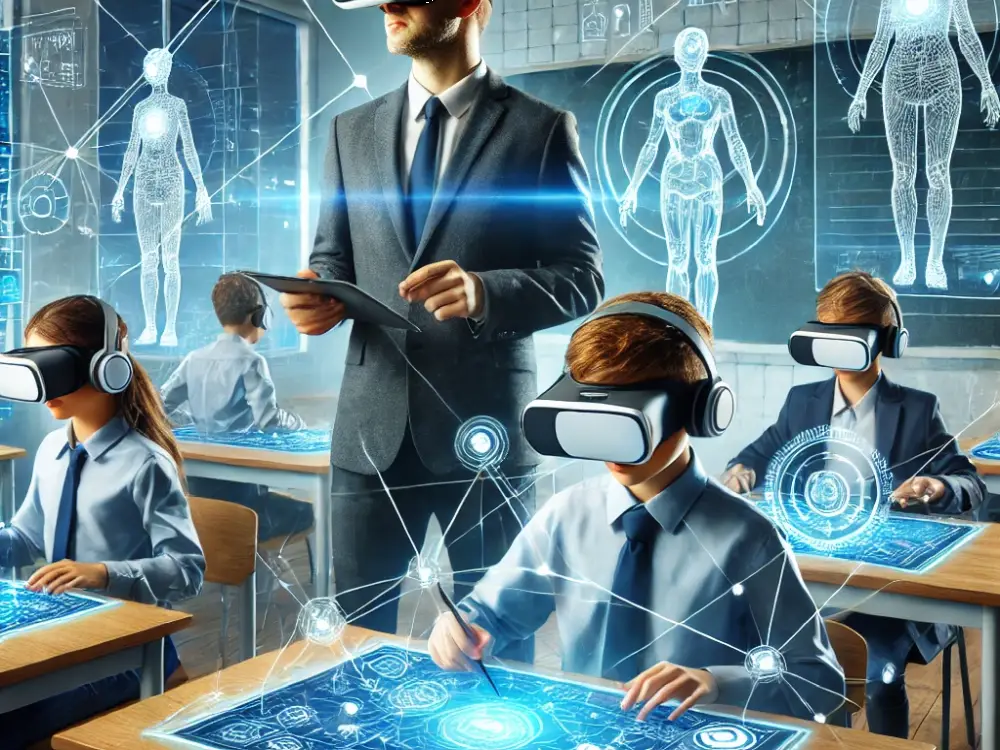Comprehensive Company Guides for Advancing Innovation Education And Learning in Schools and Colleges
The combination of innovation education into college and university curricula has actually become a vital important in preparing students for a significantly digital labor force. What certain techniques can be adopted to optimize their effect on both teachers and students?
Relevance of Technology Education
As innovation remains to evolve at an extraordinary speed, the importance of innovation education has actually ended up being progressively evident in today's culture. The integration of innovation right into different facets of life necessitates that individuals have a foundational understanding of technical principles and applications. This expertise not just boosts employability yet also fosters vital reasoning and analytical abilities necessary for browsing a dynamic workforce.
In universities, modern technology education equips pupils with the capacity to adapt to quick modifications in sectors driven by technology. It motivates creativity and equips learners to involve with emerging modern technologies, from fabricated intelligence to data analytics. Technology education advertises electronic proficiency, which is important in an era where information is readily available yet commonly deceptive.

Key Components of Effective Guides
Reliable guides for modern technology education and learning should incorporate several crucial components to guarantee that learners acquire the most from their experiences. A distinct curriculum is necessary, describing the objectives, finding out outcomes, and the skills to be developed. This curriculum should be regularly upgraded to reflect the quickly progressing technological landscape, ensuring importance and applicability.
Second, detailed resources that consist of books, on-line products, and hands-on tools are important. These sources need to be accessible and varied, dealing with numerous learning preferences and styles. Additionally, incorporating real-world circumstances and case researches can improve understanding and engagement.
Third, evaluation techniques have to be included to evaluate student progress efficiently. These assessments must be differed, encompassing cumulative and formative evaluations that align with the learning goals.
Moreover, professional growth chances for instructors are important. Educating programs and workshops can gear up teachers with the current instructional strategies and technological improvements.
Finally, fostering a collaborative discovering atmosphere urges peer communication and understanding sharing. By including these crucial components, overviews for modern technology education and learning can considerably boost the learning experience, preparing trainees for future obstacles in a progressively electronic globe.
Structure Sector Partnerships
Building solid sector partnerships is an essential element of improving technology education. These collaborations in between academic establishments and businesses create a vibrant ecological community that profits companies, trainees, and educators alike. By promoting relationships with sector leaders, institutions and universities can straighten their educational programs with the progressing needs of the work market, making sure that trainees acquire relevant abilities and understanding.
The growth of teaching fellowships, apprenticeships, and mentorship programs functions as a foundation of these partnerships. Such possibilities provide trainees with hands-on experience, enhancing their employability and useful understanding of modern technology applications. In addition, industry partners can offer insights into emerging fads and technological improvements, permitting teachers to adjust their training methods as necessary.
In addition, partnerships can facilitate accessibility to sources, such as tools, software application, and financing for research study projects. These payments enrich the finding out environment and allow organizations to remain at the leading edge of technological development. Ultimately, developing durable market partnerships is necessary for cultivating a knowledgeable labor force that satisfies the requirements these days's swiftly altering technical landscape, while additionally driving economic development and competition in the wider area.
Implementing Modern Technology Programs
Applying innovation programs within academic establishments needs a critical strategy that focuses on both educational program growth and source allocation. To initiate effective innovation integration, institutions should first evaluate their existing infrastructure and identify voids in sources, including hardware, software application, and workers training. visit this page This assessment makes it possible for colleges and universities to develop a tailored plan that straightens with their particular instructional goals.
Next, it is important to establish a detailed educational program that integrates arising innovations and market standards. Teaming up with instructors, sector specialists, and stakeholders can guarantee that the educational program stays effective and relevant in preparing pupils for the labor force (Make Money). Additionally, specialist growth for faculty is critical, as it furnishes teachers with the abilities essential to properly show brand-new innovations
Furthermore, organizations should stress the importance of hands-on knowing experiences, such as workshops and laboratories, that enable students to use academic expertise in functional settings. This experiential strategy improves engagement and fosters critical reasoning. Protecting lasting funding via collaborations and gives can assist maintain and broaden modern technology programs, guaranteeing lasting success and versatility in an ever-evolving technical landscape.
Determining Success and Outcomes
Examining the success and outcomes of innovation education and learning programs is vital for confirming their influence and leading future improvements. Efficient dimension frameworks must encompass both measurable and qualitative metrics, providing a detailed sight of program efficiency. Secret efficiency indications (KPIs) such as trainee enrollment figures, retention rates, and program conclusion percentages provide useful quantitative data.

Integrating standard analyses can even more evaluate trainees' technical proficiencies and preparedness for the workforce. Benchmarking versus comparable institutions permits for contextually relevant contrasts, highlighting locations for growth.
Eventually, the continual evaluation of technology education and learning programs promotes a society of renovation, ensuring that they evolve abreast with sector demands and educational requirements. By methodically gauging success, organizations can not only demonstrate responsibility to stakeholders yet additionally enhance their offerings, consequently improving the finding out experience and preparing students for the ever-changing technological landscape.
Final Thought

The assimilation of modern technology education and learning into institution and college educational program has ended up being a critical vital in click here for more info preparing trainees for an increasingly digital workforce.As innovation continues to develop at an unmatched rate, the relevance of innovation education has actually ended up being progressively obvious in today's culture.In instructional establishments, technology education outfits pupils with the capacity click over here to adjust to fast adjustments in sectors driven by technology. By focusing on innovation education and learning, establishments can grow a generation of informed people capable of leveraging innovation for social and individual improvement. The application of robust analysis approaches allows institutions to measure success and end results, eventually enhancing the total performance of innovation education campaigns and preparing pupils for future obstacles.